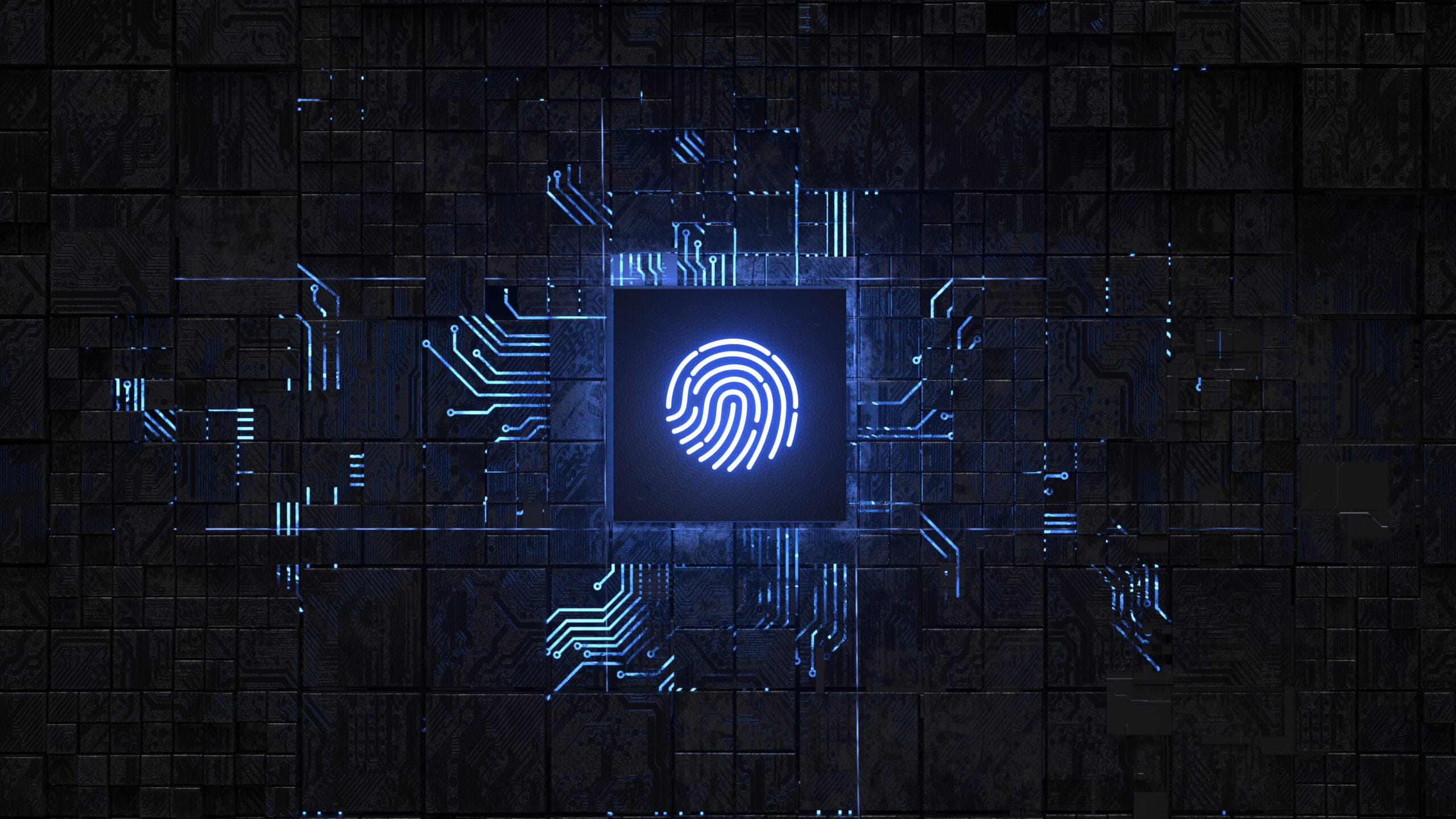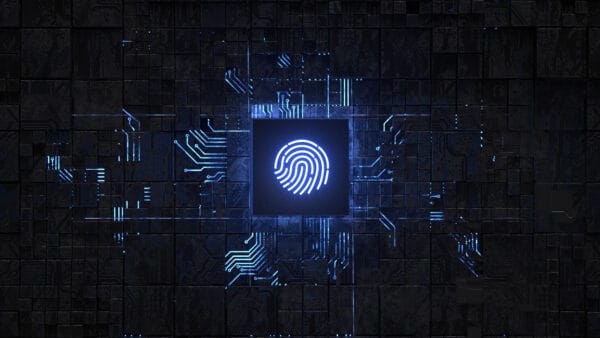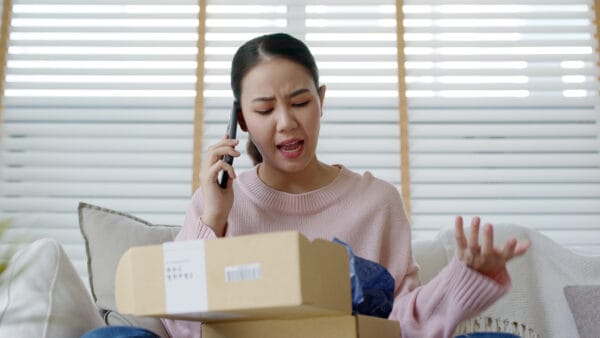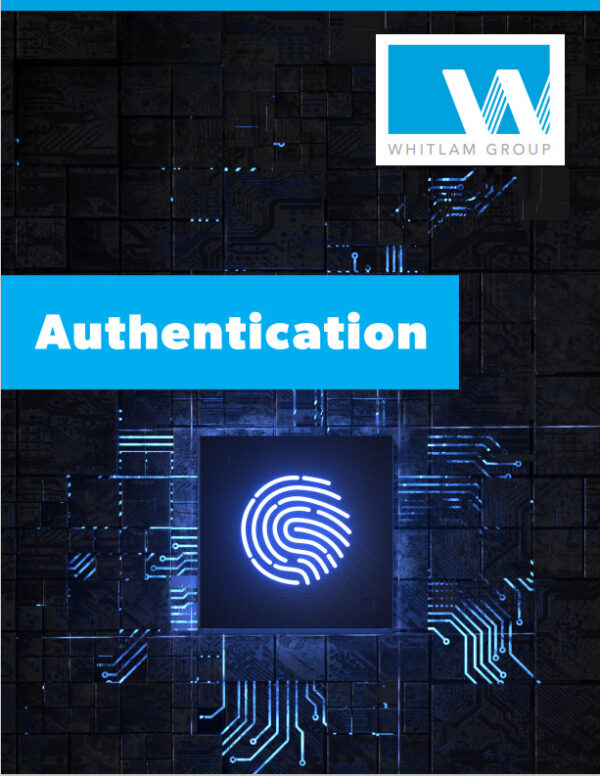Counterfeiting is one of the biggest challenges brand owners and manufacturers face.
Brand owners all over the world have changed their packaging to include authentication features to help eliminate counterfeiting, theft, and tampering.
Authentication labels incorporate a combination of security feature that can be overt (visible) or covert (not visible) to help differentiate between authentic and counterfeit products. These labels can be nearly impossible to replicate making it easy to identify a fake product. Security features built into a products labeling can be checked at any point within the supply chain by brand-owners, employers, delivery workers, government officials, and consumers.
Counterfeiters are the most significant competitors in most markets. Extensive copyright piracy and trademark counterfeiting had caused significant financial losses for U.S. businesses and pose a serious risk to consumers health and safety.
Stats
- Counterfeit and pirated goods is a half-trillion-dollar industry and increasing
- Every year counterfeit goods, private goods, and theft cost the American economy as much as $600 billion a year
- The counterfeit and pirated goods market has risen steadily in the past few years and as of 2019 it was 3.3% of the world trade
History to Today
Counterfeit and pirated goods have been sold for years on street corners, in alleys, from trunks of cars, and from dishonest physical markets. Some “red flags” that might indicate the selling of a counterfeit product include suspicious location of seller, poor quality packaging, or significantly discounted prices.
With the rapid growth of online shopping platforms, there has been a significant growth opportunity for the counterfeit and pirated goods industries. Now consumers shopping online are at risk of purchasing counterfeit products without even knowing because the “red flags” have diminished and cannot tell if a product is counterfeit or genuine.
Online, counterfeit sellers may use the same pictures of the authentic product but the product within could be illegitimate making it hard for consumers to tell if a product is real or fake before purchasing.
Social media has created another open door for counterfeit sellers. Counterfeit sellers set up accounts on social media platforms and use posts or targeted ad campaigns to advertise their counterfeit products. These posts and advertisements look to be authentic because they are often developed using the same or similar images, hashtags, keywords, phrases, and logos for the legitimate product.
Why this is a Problem
Counterfeit products can be very dangerous to consumers. These products are typically not made to the same standards which can result in devastating accidents, mechanical malfunctions, and health and safety risks.
Brands can face a devastating loss of revenue from the selling of counterfeit products. Manufacturers and Wholesalers face the risk of lawsuits, liability costs, expensive recalls. Even if retailers are unaware that they are selling a counterfeited product they are still held accountable. Unfortunately, when counterfeit sellers are in another country, there is little risk of criminal prosecution or civil liability under current law enforcement and regulatory practices.
Counterfeit products that are bought the most by consumers, with and without their knowledge, include:
- Automotive Parts
- Power Tools
- Electrical Products
- Games
- Pharmaceuticals
- Baby Formula
- Toys
- clothes
- Shoes
- Acessories
- Cosmetics
- Outdoor Equipment
Solutions
Multiple overt and covert security features can be combined for multi-layered anti-counterfeit solution. The more security features built into a products label or packaging the harder it will be to replicate your product and the easier it will be for brands and consumers to tell the difference between an authentic product and a counterfeit product.
To understand and learn more about Authentication. Click on the link to read our product brochure!



